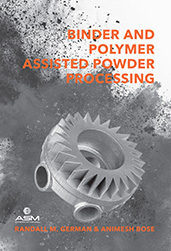Journal Article
A Comparison of Experimental and Modeled Velocity in Gasoline Direct-Injection Sprays with Plume Interaction and Collapse
2017-03-28
2017-01-0837
Modeling plume interaction and collapse for direct-injection gasoline sprays is important because of its impact on fuel-air mixing and engine performance. Nevertheless, the aerodynamic interaction between plumes and the complicated two-phase coupling of the evaporating spray has shown to be notoriously difficult to predict. With the availability of high-speed (100 kHz) Particle Image Velocimetry (PIV) experimental data, we compare velocity field predictions between plumes to observe the full temporal evolution leading up to plume merging and complete spray collapse. The target “Spray G” operating conditions of the Engine Combustion Network (ECN) is the focus of the work, including parametric variations in ambient gas temperature. We apply both LES and RANS spray models in different CFD platforms, outlining features of the spray that are most critical to model in order to predict the correct aerodynamics and fuel-air mixing.

